admin
SOURCE: IDRW.ORG
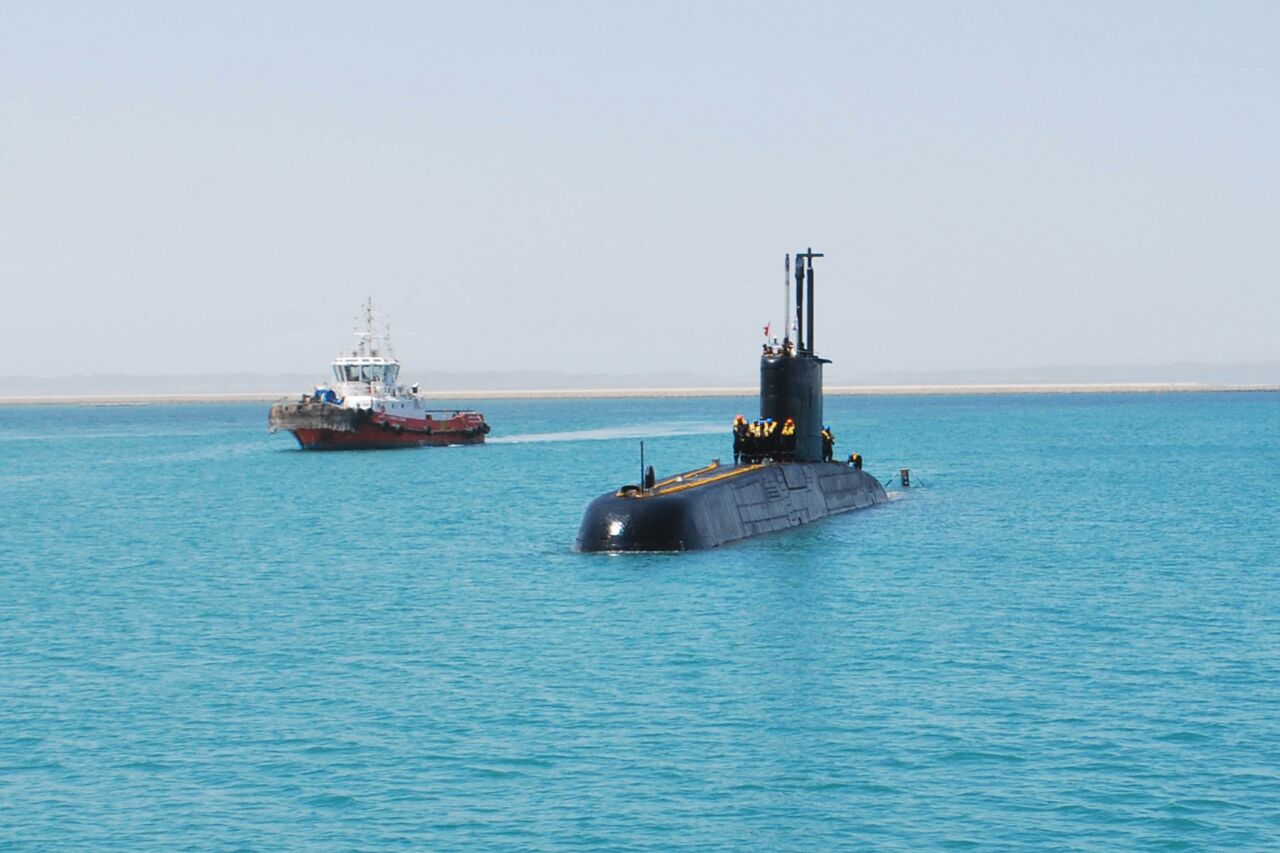
In the annals of India’s defense procurement history, the HDW submarine deal of the 1980s remains a poignant chapter, marked by both aspirations of technological advancement and the stark realities of corruption. The repercussions of this ill-fated deal continue to reverberate within India’s defense establishment, particularly in the realm of submarine manufacturing technology.
The genesis of India’s submarine saga dates back to the commissioning of the INS Shishumar in 1986, the first of four Type 209/1500 submarines procured from German shipbuilder HDW. These submarines, hailed for their advanced capabilities and robust design, were poised to bolster India’s naval prowess and usher in a new era of indigenization in submarine construction.
Continue readingSOURCE: AFI
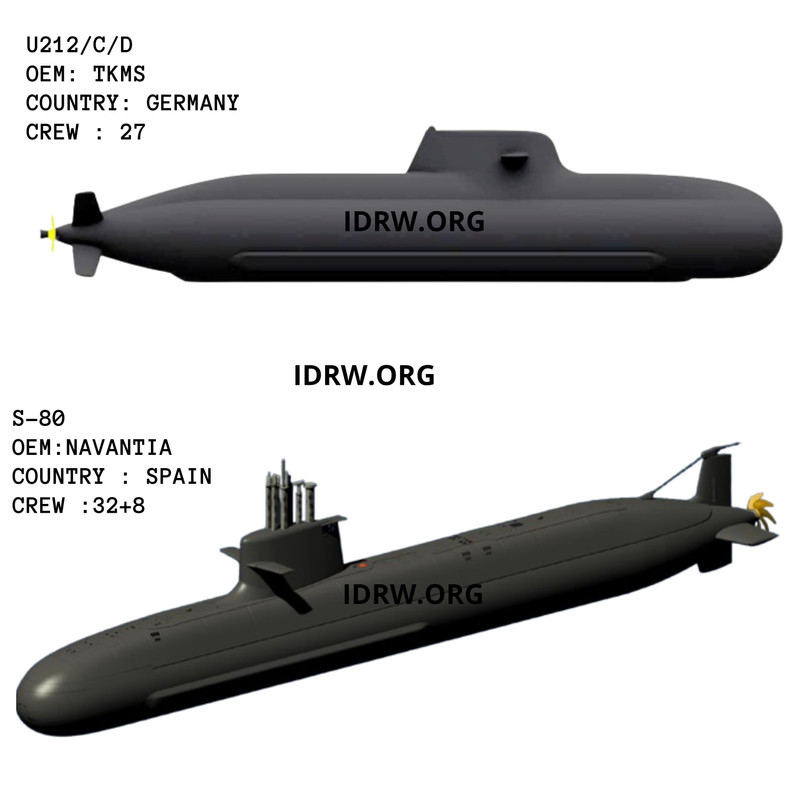
The Indian Navy’s massive Project 75 India (P75I) program for acquiring new submarines has seen a renewed push, with both Germany and Spain advocating for government-to-government (G2G) deals.
The P-75I program emphasizes a strategic partnership model. This means the winning foreign company (Original Equipment Manufacturer or OEM) will collaborate with an Indian entity to build the submarines within the country.
Continue readingSOURCE: AFI

The Council of Scientific and Industrial Research-National Aerospace Laboratories (CSIR-NAL) celebrated India’s Technology Day in style with a record-breaking achievement by their High Altitude Pseudo Satellite (HAP) vehicle. This innovative aircraft successfully reached a new altitude of 25,000 feet above sea level, a significant milestone in its development.
HAPs are essentially long-endurance drones designed to operate in the stratosphere, the layer of the atmosphere above commercial airliners. Powered by solar cells and advanced battery systems, they have the potential to stay aloft for months, even years, offering capabilities similar to satellites but at a fraction of the cost and complexity.
Continue readingSOURCE: AFI
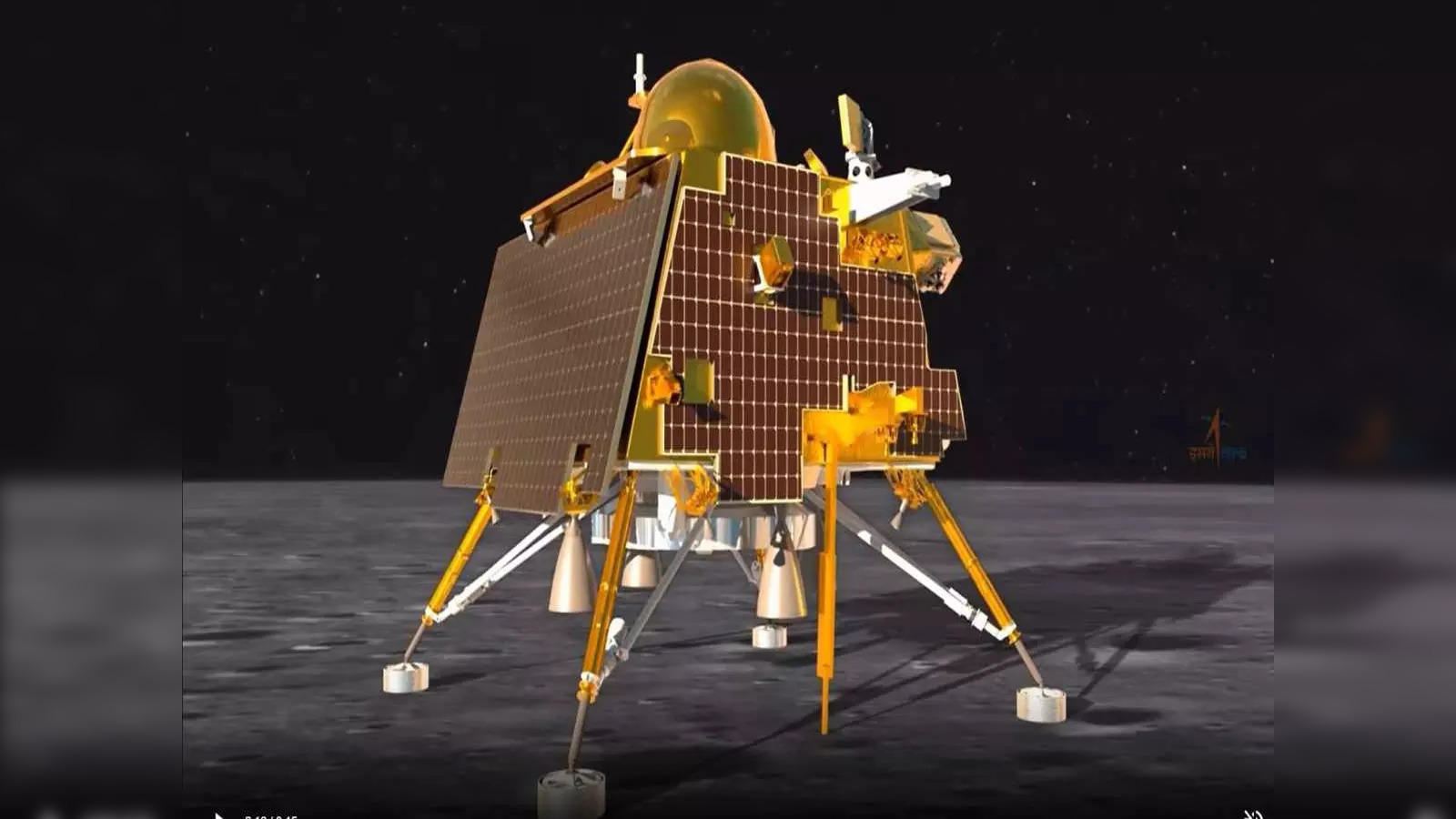
Get ready for a lunar adventure! Chandrayaan-4, the next chapter in India’s ambitious lunar exploration program, aims to be the first Indian mission to return samples from the Moon. This complex mission involves a meticulously planned sequence and some impressive technology.
The grand performance begins with a two-part launch. The workhorse PSLV takes center stage, carrying the combined Reentry Module (RM) and Transfer Module (TM) into a sub-Geosynchronous Transfer Orbit (sub-GTO). Meanwhile, the heavy-duty Launch Vehicle Mark-3 (LMV-3) enters the scene, propelling the Lander Module (LM), Ascender Module (AM), and Propulsion Module (PM) directly towards a Lunar Transfer Orbit (TLI) or GTO.
Continue readingSOURCE: AFI

The recent decision by the Biden administration to put a hold on a significant arms shipment to Israel has sent shockwaves through diplomatic circles. While the move signals a recalibration of U.S. policy towards the Middle East, it also prompts speculation about the implications for other key allies, particularly in regions where the United States is actively pursuing defense partnerships. One such region is South Asia, specifically India, where the U.S. has been keen on bolstering defense ties. This article examines the potential repercussions of the U.S. arms shipment hold on India’s defense relations and its impact on confidence in the U.S. military-industrial complex (MIC).
The decision to delay the arms shipment to Israel, a long-standing ally and the largest recipient of U.S. military aid, underscores a shift in U.S. foreign policy priorities. Citing concerns over the ongoing conflict in Gaza and mounting civilian casualties, the Biden administration has opted to reassess its support for Israel’s military operations. This move has sparked debates about the future of U.S.-Israel relations and raised questions about the extent to which the United States is willing to hold its allies accountable for their actions.
Continue readingSOURCE: AFI
In the complex and often volatile realm of South Asian geopolitics, the dynamics between India and Pakistan have long been a focal point of international attention. Prime Minister Narendra Modi’s approach towards Pakistan, characterized by a blend of toughness and cautious pragmatism, reflects the intricacies of this relationship and India’s broader strategic imperatives.
Michael Kugelman, a director at the Wilson Center’s South Asia Institute, aptly characterizes Modi’s recent comments on Pakistan as unsurprising. Since the Uri and Pathankot attacks in 2015, which occurred shortly after his surprise visit to Lahore, Modi has adopted a consistently tough stance towards Pakistan, showing little interest in bilateral engagement. His visit to Lahore was initially hailed as a potential breakthrough akin to Nixon’s historic trip to China, but the subsequent attacks dashed hopes of a lasting détente.
Continue readingSOURCE: RAUNAK KUNDE / NEWS BEAT / IDRW.ORG
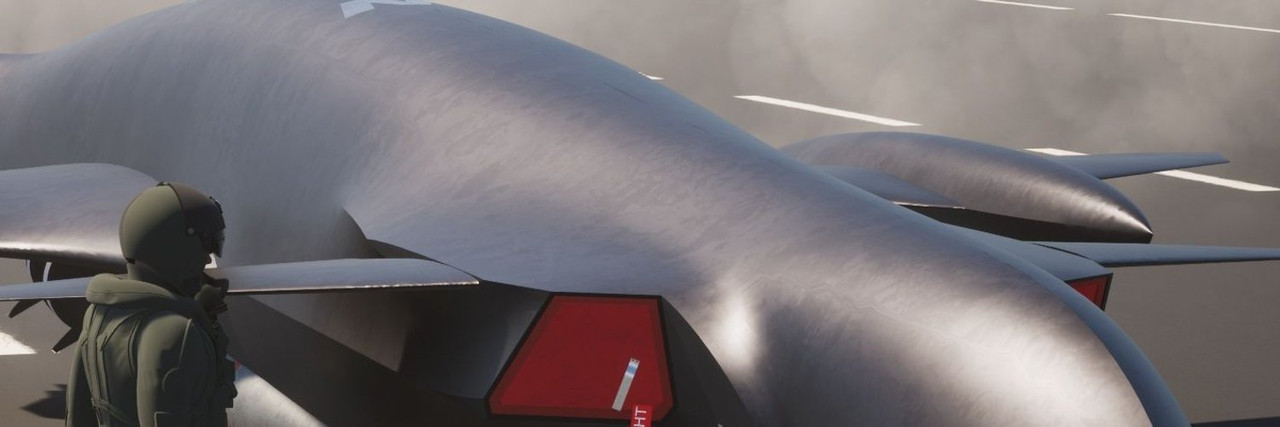
A leaked CGI image has sent ripples through the Indian defence sector, sparking speculation about the country’s upcoming unmanned combat aerial vehicle (UCAV). Many believe it’s a glimpse into the secretive Futuristic Unmanned Fighter Aircraft (FUFA) program helmed by DRDO’s ADE (Aeronautical Development Establishment).
The FUFA program, shrouded in secrecy, aims to develop a twin-engine, low-observable (stealthy) UCAV. This “loyal wingman” concept envisions a high-speed, unmanned aircraft with a low radar cross-section (RCS) airframe. Equipped with internal weapons bays and capable of fully autonomous take-off and landing, FUFA could revolutionize air combat.
Continue readingSOURCE: RAUNAK KUNDE / NEWS BEAT / IDRW.ORG
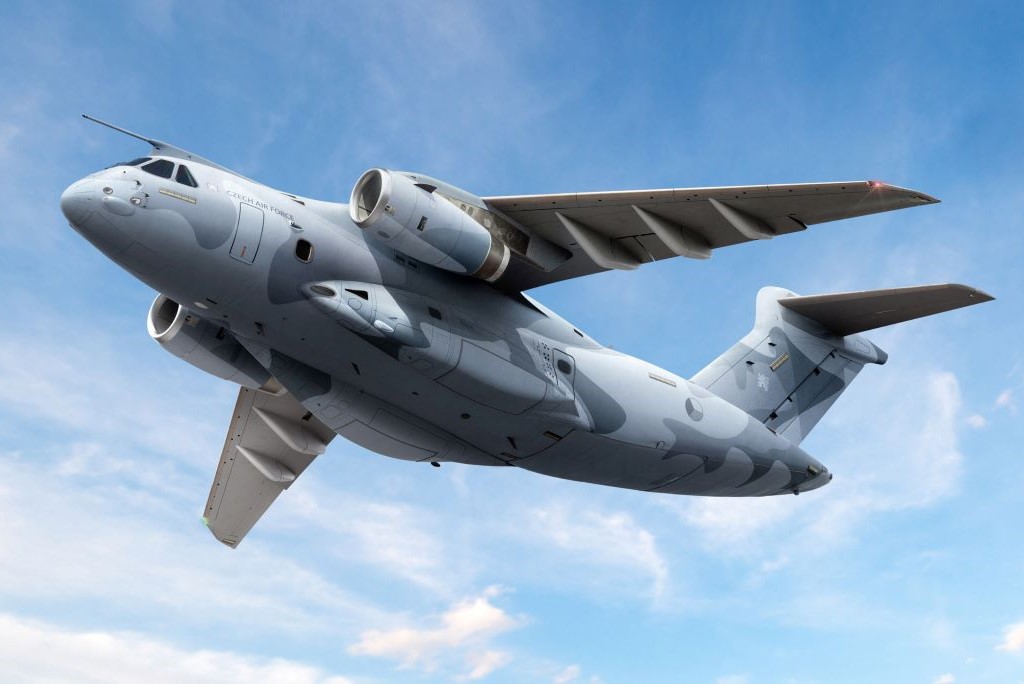
Mahindra Aerospace Pvt. Ltd. is making a strong push for the Indian Air Force’s (IAF) Medium Transport Aircraft (MTA) program. A high-level team recently visited Embraer’s facility in Brazil, where the C-390 transport aircraft – a contender for the IAF tender – is manufactured.
This visit comes after Mahindra Aerospace and Embraer joined forces earlier this year. The collaboration aims to establish local production of the C-390 in India, should the IAF select the aircraft.
Continue readingSOURCE: RAUNAK KUNDE / NEWS BEAT / IDRW.ORG

In a move to bolster the Indian Navy’s defence capabilities, Bharat Dynamics Limited (BDL) has announced a collaboration with Israeli defence firm Rafael to offer the Torbuster SP hard-kill decoy system. This strategic partnership leverages Rafael’s expertise with BDL’s domestic production capabilities.
The Torbuster SP is a game-changer in the realm of ship defence. This system, designed for strategic mounting on naval vessels, actively deceives and neutralizes incoming torpedoes. By providing critical seconds during an attack, the Torbuster SP grants ships a vital window for manoeuvring and evading threats.
Continue readingSOURCE: IDRW.ORG.

India’s air defense systems require a constant state of readiness to tackle evolving threats. One crucial element in this equation is the use of jet-powered target drones, which simulate real-world missile attacks during training exercises. However, India’s current arsenal faces limitations, prompting efforts to develop and acquire more advanced solutions.
Traditionally, India relied heavily on QinetiQ, a British defense company, to supply high-speed target drones. While these drones served their purpose, they weren’t without drawbacks.
Continue readingSOURCE: AFI

Lieutenant General N.S. Raja Subramani, General Officer Commanding-in-Chief (GOC-in-C) of Surya Command, recently visited the Shatrujeet Brigade and Agra Military Station. The visit focused on assessing the Brigade’s operational preparedness and showcasing the Indian Army’s adoption of advanced technologies.
Lt. Gen. Subramani reviewed the Shatrujeet Brigade’s combat capabilities and evaluated their ability to respond to various operational scenarios. The visit also highlighted the integration of next-generation technologies into the Brigade’s operations.
Continue readingSOURCE: AFI

The race to develop High-Altitude Pseudo-Satellites (HAPS) is intensifying in India, with two key players vying for dominance: CSIR-National Aerospace Laboratories (NAL) and Newspace Research and Technologies Pvt Ltd.
CSIR-NAL successfully test-flew its HAPS prototype at the Challakere testing facilities in Karnataka earlier this year. This scaled-down model, with a wingspan of 11 meters and weighing 23 kilograms, achieved an impressive feat by staying aloft for approximately eight hours at an altitude of 3 kilometers. NAL aims to develop a full-scale version with a significantly larger wingspan (30 meters) by 2027, capable of flying for at least 90 days at an altitude of 23 kilometers.
Continue readingSOURCE: AFI

South Korea’s indigenous fighter jet program, the KF-21 Boramae, has achieved another impressive feat. According to reports, the KF-21 successfully surpassed Mach 1.8 during recent flight testing.
This achievement marks a significant milestone in the development of the 4.5 generation fighter jet. The high-speed test comes shortly after the completion of live-fire missile tests, further demonstrating the program’s steady progress.
Continue readingSOURCE: AFI
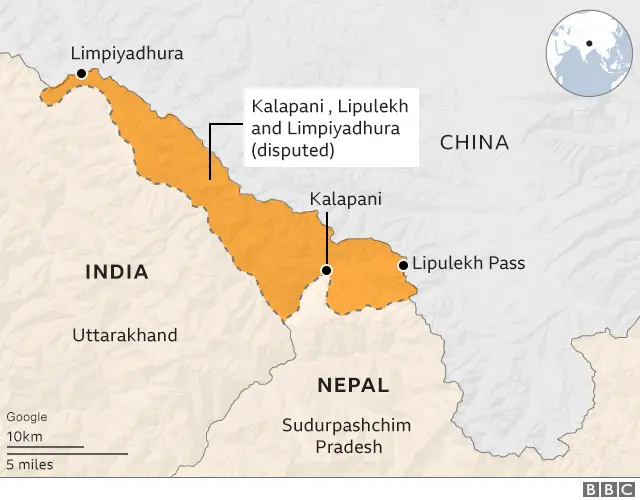
Nepal and India continue to be locked in a territorial dispute concerning the Kalapani, Lipulekh, and Limpiyadhura areas. Both countries claim ownership of these regions, which are currently administered by India.
Nepal’s Deputy Prime Minister and Foreign Affairs Minister, Narayan Kaji Shrestha, reiterated the country’s desire for an amicable resolution through diplomatic channels and discussions. This stance echoes Nepal’s previous actions under the KP Sharma Oli administration, which also included incorporating the disputed areas into an official national map.
Continue readingSOURCE: IDRW.ORG
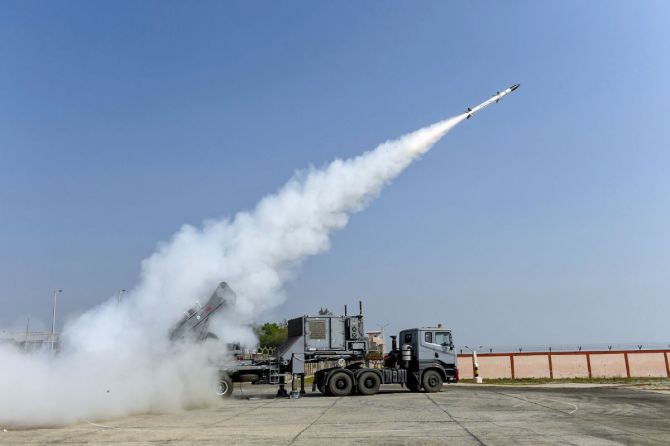
India’s air defense capabilities just got a significant boost with the successful flight test of the Akash-NG missile system. This next-generation upgrade to the Akash system boasts several advancements, making it a highly attractive option for countries seeking a robust and agile defense solution.
One of the most striking improvements in the Akash-NG is its weight. Thanks to a brand new, two-pulse, solid rocket motor replacing the older ramjet design, the Akash-NG sheds a significant 350 kilograms compared to its predecessor’s 700 kg weight. This translates to greater mobility, faster deployment, and potentially lower operational costs.
Continue reading